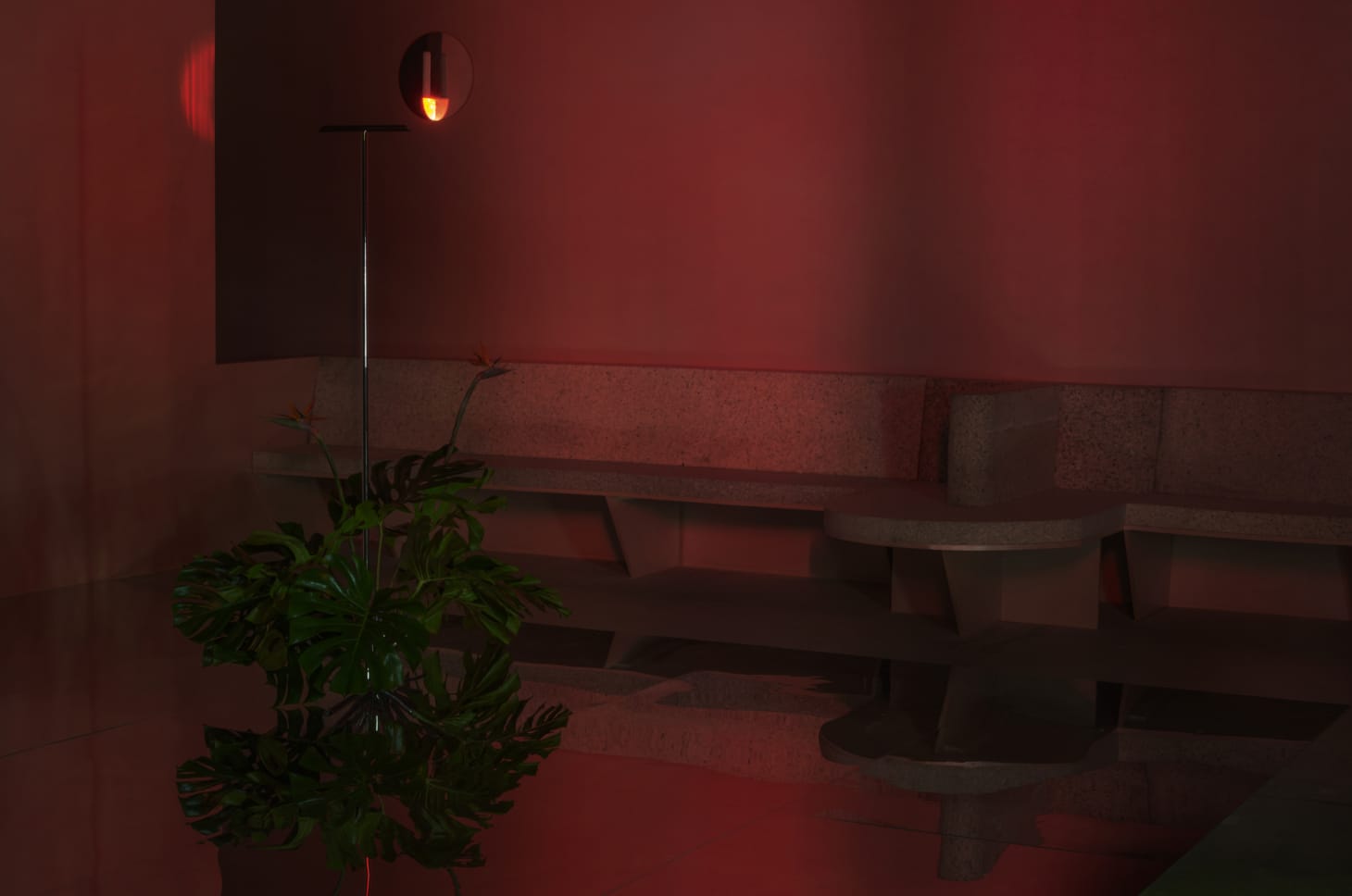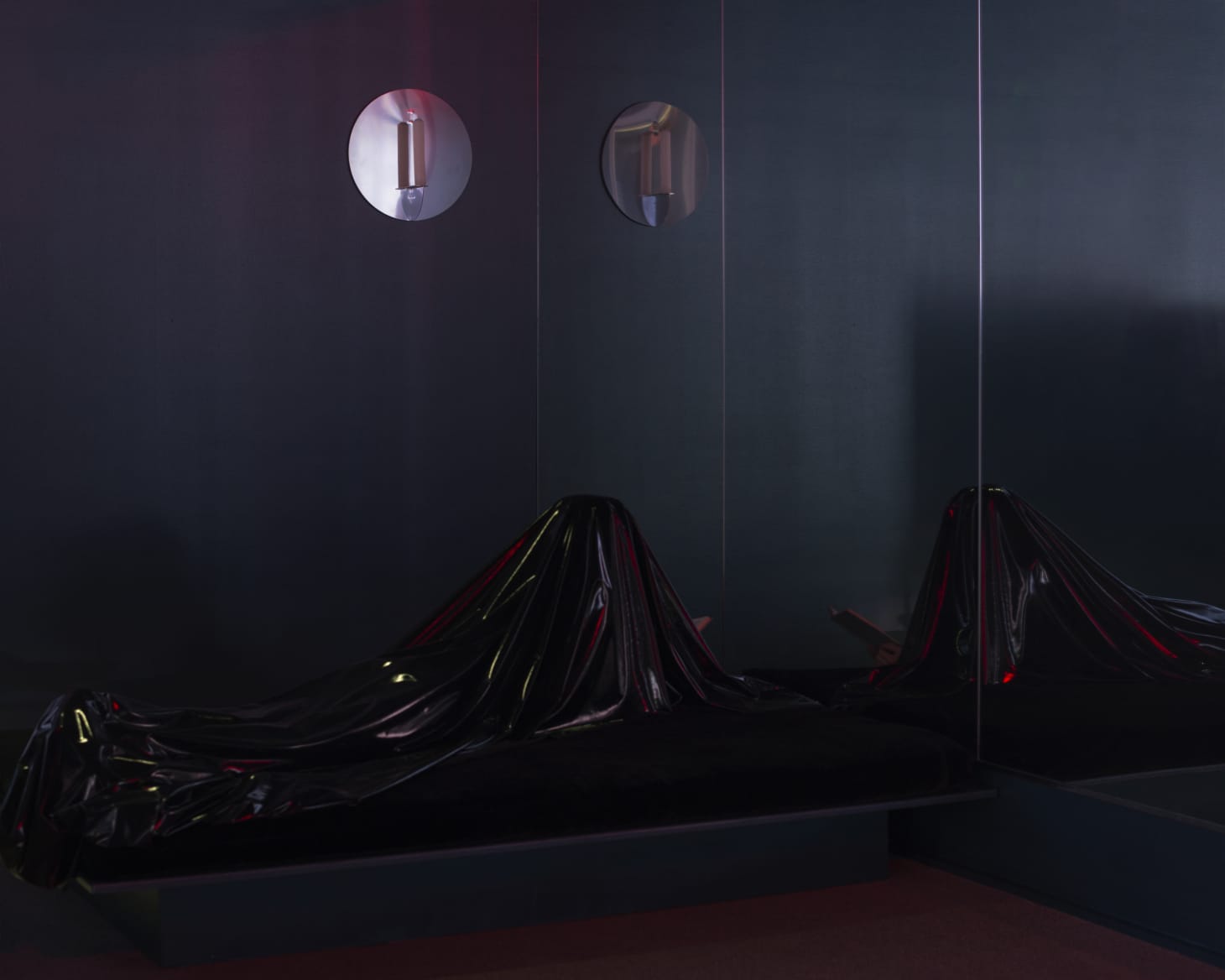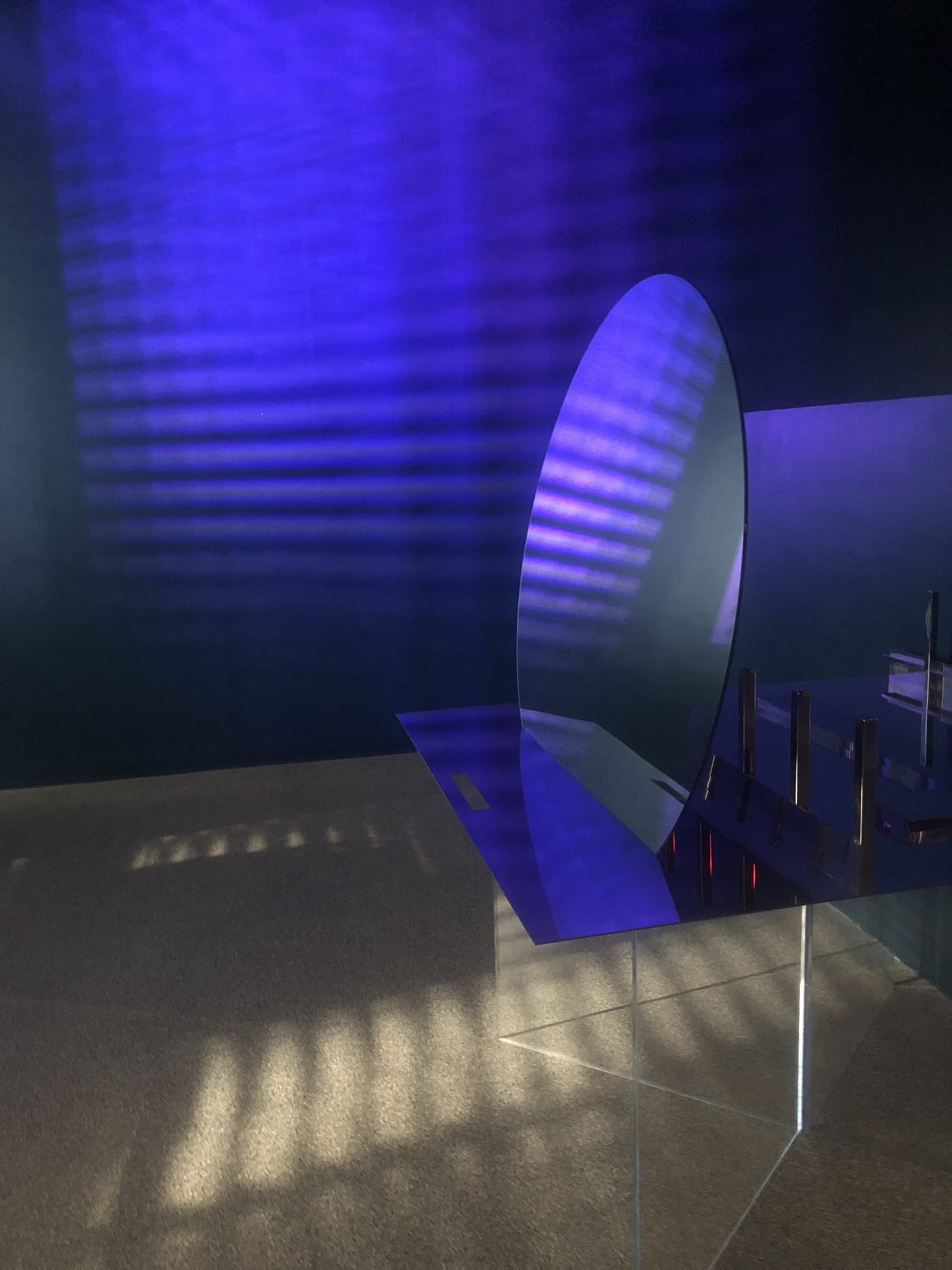An Artist Finds Inspiration in a Novel Suppressed Under Stalin
Irena Haiduk materializes the fictional spaces in Mikhail Bulgakov's Master and Margarita, imbuing them with her own imagination and creating the alternative realities Bulgakov’s Stalinist government so feared.

In Stalinist Russia, the government perceived imagination as a dangerous tool for change that should be stifled among the general population. Writers with the greatest capacity to portray alternative realities were therefore censored the harshest. Mikhail Bulgakov (1891–1940) was one such writer. His plays were banned by Stalin and his life’s work, the novel Master and Margarita (1928–40), remained unpublished until long after his death. The Serbian-born artist Irena Haiduk has been reading and re-reading Master and Margarita since she was 13 years old, and it’s at the center of her exhibition REMASTER at the Swiss Institute.
The artist’s first institutional exhibition in New York, REMASTER continues Haiduk’s ongoing deconstruction of Bulgakov’s novel, begun in 2008. According to the press release, Haiduk’s exhibitions have doubled as film sets for different scenes from Master and Margarita since 2008, and several recordings and events take place during the run of the show.


At the Swiss Institute, two spaces from the novel are reconstructed. On the ground floor, one finds the Variety Theater, the set for a notorious decapitation in Bulgakov’s story. Haiduk creates an immersive space with an eerie atmosphere; the dim light slowly changes colors, as the slight movement of sheer white curtains implies an invisible presence. A sound piece plays in the background, an aural collage of cacophonous procession music, an audience cheering on the decapitation, and a cat purring. The latter points to the novel’s devil-like protagonist, Woland, who had a cat as his assistant.
Recreated on the second level is Apartment 50, a fictional location based on Bulgakov’s actual residence. This darkened room is filled with mirrors reflecting hues of purple and blue. In the corner, a reclining figure is fully covered by a waxy black sheet, but for hands holding a book. Even upon closer inspection, it is hard to tell if the figure is inanimate or alive, making the presence all the more uncanny.

“Manuscripts don’t burn” has become a widely quoted line from Master and Margarita. It emphasizes that you cannot censor creativity. Haiduk materializes the fictional spaces Bulgakov described, imbuing them with her own imagination and, ultimately, creating the alternative realities Bulgakov’s Russian government so feared.
Irena Haiduk: REMASTER continues through March 22 at Swiss Institute (38 St. Marks Place, Manhattan).





